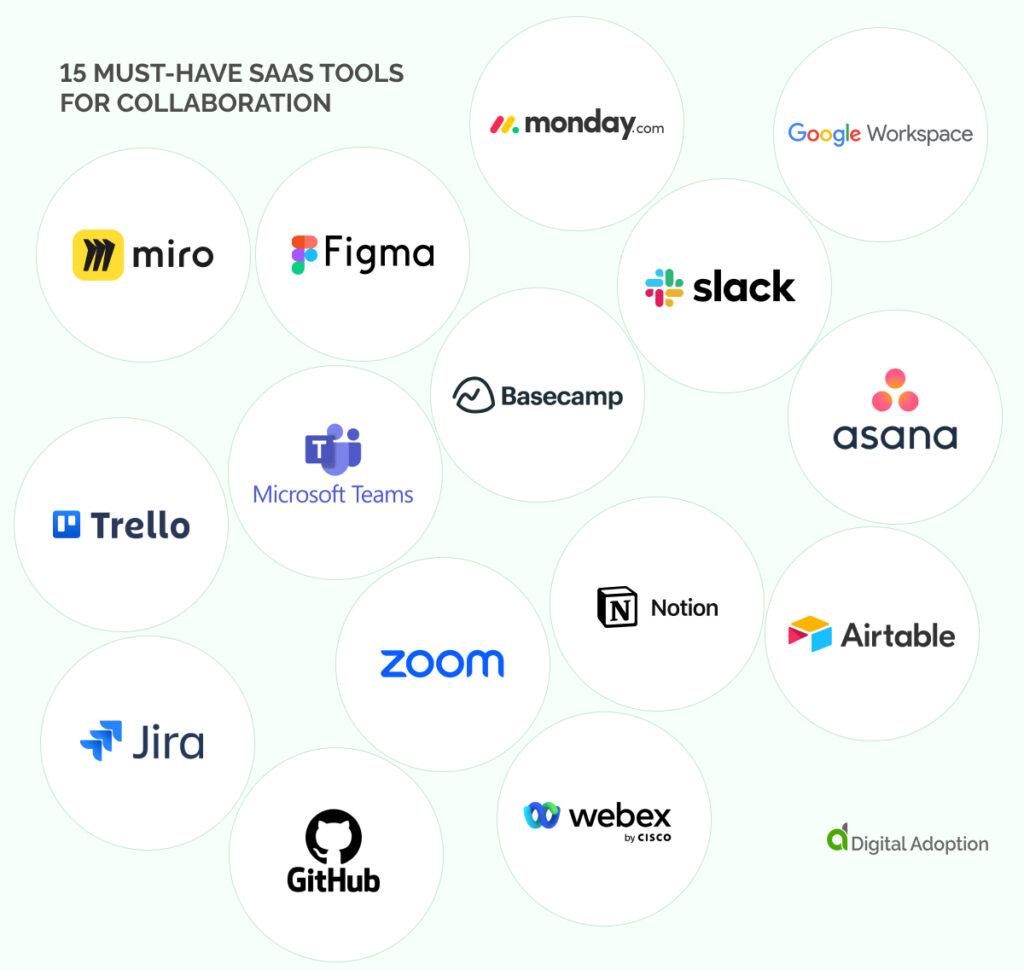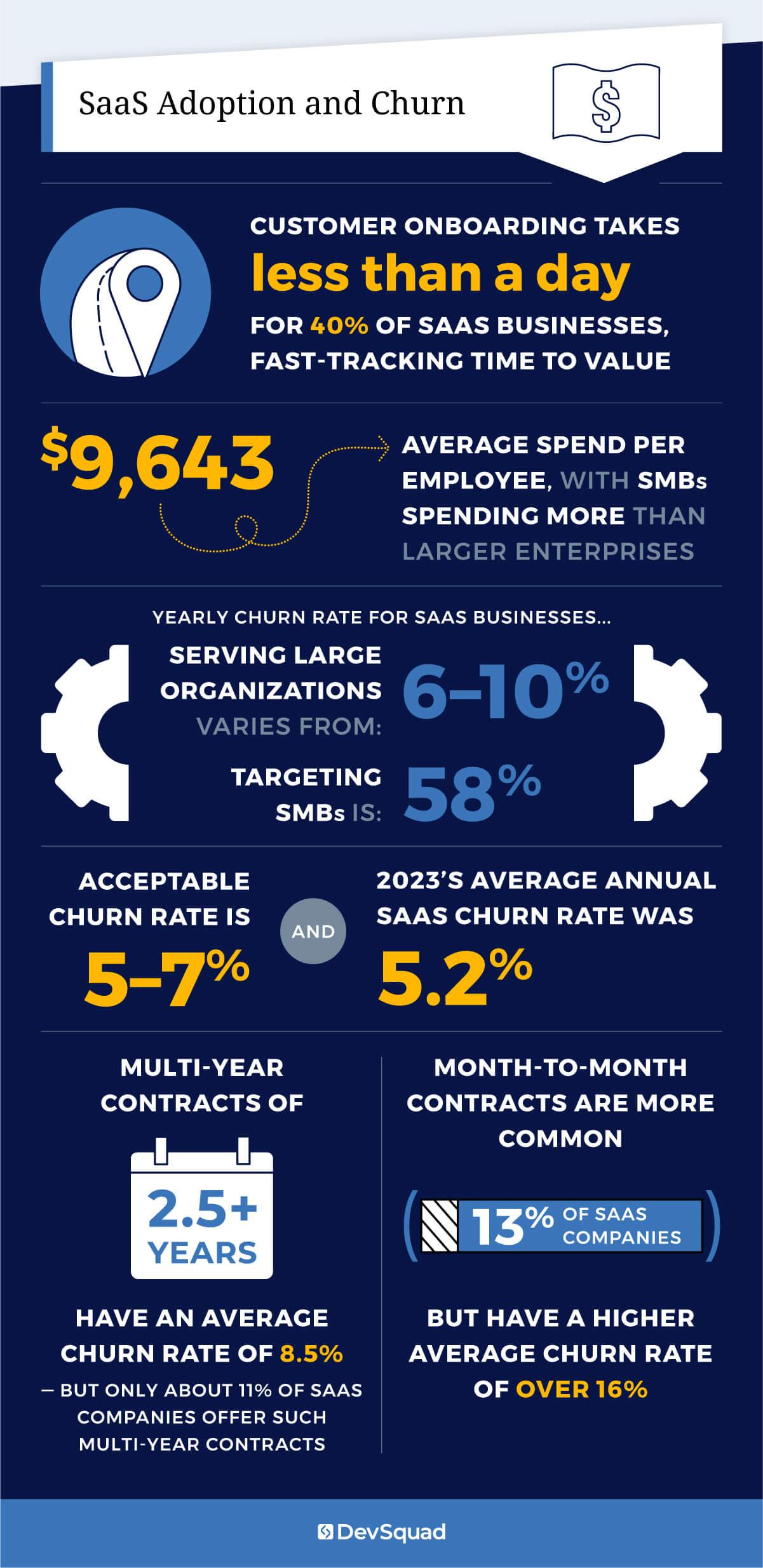In an increasingly interconnected world, the dynamics of teamwork are evolving at a remarkable pace. As organizations seek to harness the collective talents and creativity of their members, the traditional boundaries of collaboration are being redefined. Enter Software as a Service (SaaS): a transformative force that is reshaping how teams interact, communicate, and innovate. By leveraging cloud-based tools, teams are no longer limited by geography or time zones; they can collaborate seamlessly, share insights instantaneously, and drive projects forward with unprecedented agility. In this article, we will explore how SaaS platforms are unleashing team potential, empowering organizations to break down silos, foster engagement, and ultimately achieve their goals. Join us as we delve into the rise of SaaS for collaboration and uncover the myriad ways it is changing the landscape of teamwork in the modern age.
Exploring the Evolution of Collaboration: How SaaS Transforms Team Dynamics
As organizations increasingly embrace the digital landscape, the shift towards Software as a Service (SaaS) platforms has revolutionized how teams collaborate. Traditional methods often limited communication to emails, face-to-face meetings, and static documentation, which could result in misunderstandings and delays. SaaS applications, however, foster real-time collaboration through intuitive interfaces and integration capabilities. This evolution has made it possible for team members to work simultaneously on projects, regardless of their geographical locations, leading to enhanced productivity and innovation.
Moreover, SaaS tools are designed to accommodate various workflows, making it easier for teams to adapt and customize their collaboration efforts. This flexibility is underscored by features such as:
- Cloud-based storage: Centralizes information, allowing easy access and sharing of files.
- Task management: Clarifies responsibilities and deadlines, ensuring everyone is on the same page.
- Instant messaging and video conferencing: Facilitates immediate communication, breaking down barriers between team members.
By integrating these features into their daily operations, teams can not only improve their efficiency but also enhance their overall synergy. The days of isolated workspaces are fading, as collaborative platforms encourage an environment where every voice is heard, and every idea can be pooled for the greater good.

Key Features of SaaS Tools: Empowering Seamless Communication and Workflow
SaaS tools have revolutionized the way teams communicate and collaborate, offering a suite of features that streamline workflows and enhance productivity. Real-time collaboration allows team members to work on documents, projects, and presentations simultaneously, breaking down barriers caused by physical distance. Furthermore, these tools often include integrated messaging systems that allow for quick exchanges and clarity among team members, ensuring that conversations happen in tandem with the tasks at hand. The ease of access provided by cloud-based systems means that no matter where team members are located, they can stay connected and informed.
Another critical aspect of SaaS tools is their ability to automate repetitive tasks. This functionality not only frees up valuable time for employees but also reduces the likelihood of human error in routine processes. Many SaaS applications also offer customizable dashboards and analytics features, enabling teams to visualize their progress and make data-driven decisions quickly. By utilizing these innovative tools, organizations can cultivate a culture of continuous improvement, driving efficiency and encouraging team members to focus on what truly matters, fostering an environment where creativity can thrive.

Strategies for Successful SaaS Adoption: Bridging Technology and Team Culture
To effectively harness the full potential of Software as a Service (SaaS), organizations must prioritize a seamless integration into both technology systems and the existing team culture. Building a successful SaaS adoption strategy involves several key components:
- Clear Communication: Establish open lines of dialogue about the benefits and changes the new tools will bring.
- Training & Development: Offer comprehensive training sessions that not only teach the technical aspects but also foster a sense of ownership and excitement among team members.
- Feedback Mechanisms: Implement regular check-ins to gather user feedback and adapt strategies to address concerns and challenges, ensuring a continuous improvement cycle.
Additionally, aligning the chosen SaaS tools with the company’s cultural values can significantly enhance user buy-in. By ensuring these platforms promote collaboration, creativity, and productivity, teams can achieve effective synergy. Here’s a quick comparison of various SaaS tools based on their adoption impact:
| Tool | Collaboration Score | Integration Ease | User Satisfaction |
|---|---|---|---|
| Tool A | 8.5/10 | 9/10 | 88% |
| Tool B | 9/10 | 7/10 | 92% |
| Tool C | 7/10 | 8/10 | 85% |

Measuring Success: Evaluating the Impact of SaaS on Team Performance and Collaboration
Determining the effectiveness of Software as a Service (SaaS) tools begins with examining their tangible impacts on team dynamics and productivity. Many organizations have reported significant improvements in key areas such as:
- Communication Efficiency: Real-time collaboration tools have facilitated quicker decision-making processes.
- Task Management: Streamlined workflows through integrated software reduce bottlenecks and enhance accountability.
- Data Accessibility: Centralized data storage enables team members to access critical information from anywhere, fostering a more agile work environment.
To quantify these advancements, businesses often implement metrics that highlight changes in performance and collaboration levels. A simple yet effective way to visualize this is through a comparison table that illustrates key performance indicators before and after SaaS adoption:
| Metric | Before SaaS | After SaaS |
|---|---|---|
| Project Completion Time | 8 weeks | 5 weeks |
| Team Satisfaction Score | 65% | 85% |
| Number of Meetings | 12/month | 6/month |
Such evaluations not only highlight the immediate benefits of SaaS integration but also help teams identify areas for further enhancement. By consistently measuring success through data-driven analysis, organizations can foster a culture of continuous improvement, keeping teams engaged and aligned with their collaborative goals.
Insights and Conclusions
As we conclude our exploration into the transformative power of SaaS for collaboration, it’s clear that unlocking team potential is not merely a goal but a journey—a journey that thrives on innovation, connectivity, and adaptability. The rise of SaaS solutions has paved the way for teams to harness their collective strengths, bridging geographical divides and fostering a culture of collaboration that transcends traditional workplace boundaries.
In an ever-evolving landscape, the tools we choose to employ can spell the difference between stagnation and success. With a plethora of options at our fingertips, organizations are now equipped to tailor collaborations to their unique needs, nurturing an environment where creativity and efficiency flourish side by side.
As we look to the future, the implications of our findings are not just limited to individual teams or businesses. They extend to the very fabric of our working lives, influencing how we engage, innovate, and ultimately thrive in a world where collaboration is key. The potential remains vast, waiting to be unleashed by those willing to adapt and embrace the possibilities that SaaS has to offer. So, as you venture forth, consider how your team can harness these tools to elevate your collaboration efforts, spark innovation, and cultivate a workplace where everyone can contribute to their fullest potential. The journey has just begun—let the adventure continue.






